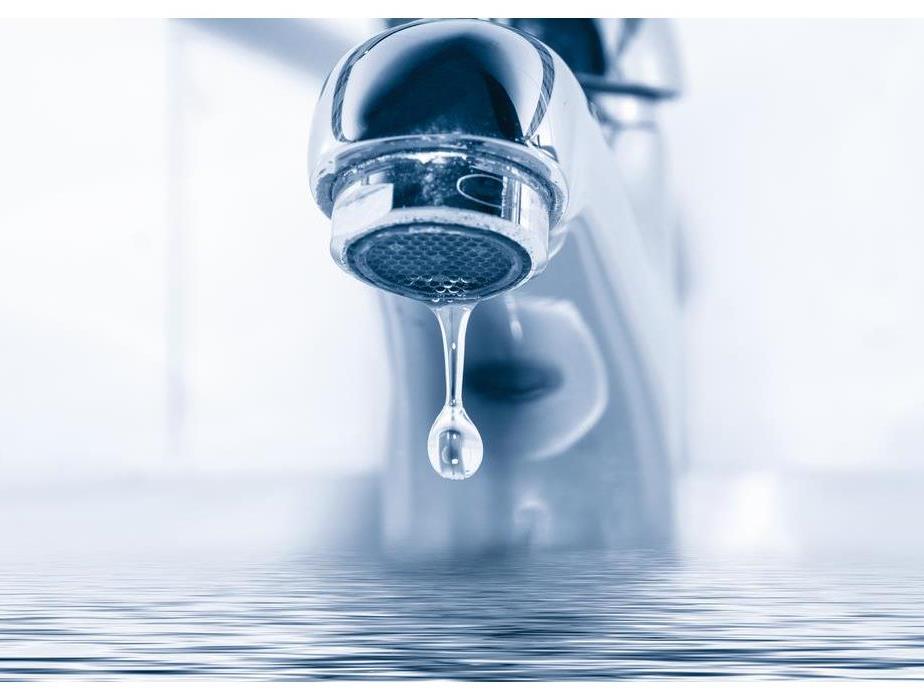Water Damage. A Step-by-Step guide to follow
3/27/2023 (Permalink)
If you are concerned about water damage in your home, it's important to know what causes it and how to prevent it. Your risk of experiencing a water loss is much higher than most homeowners realize. This is especially true if you live in an area that gets hot or cold weather, or experiences fluctuations in temperature all year long. Some common causes of water damage include broken pipes and toilets, leaking roof tiles or gutters, and faulty appliances such as dishwashers, washing machines, ice makers and more. A proactive approach is the best way to prevent water damage in your home.
Water damage prevention begins with a proactive approach
Water damage is a very common problem in homes. Water damage can be caused by many different things including leaks, water pressure problems, overflowing toilets, and leaking pipes including water heaters.
Assess your homes water risk.
A water risk assessment is a process of identifying the risks in your home that could lead to water damage. This is generally done by professionals, but it can also be done DIY. A professional can help you identify and fix problems before they cause damage, while a DIY kit will give you some basic information on how to assess the risk of water loss in your home.
A professional will conduct an inspection of various areas around your house including roofing materials, gutters and downspouts, and attic vents.
If any issues are found during this inspection, they will be addressed by either replacing or repairing damaged parts so that they don't lead to future problems like mold growth due to moisture buildup inside walls/ceilings etc.
Monitor water usage and report any leaks.
It's important to know how much water you use in a day, week, month and year so that if you do have a leak or other problem with your system it can be addressed quickly and effectively. To test whether there are any issues with the plumbing in your home:
Check for drips from faucets and showers. If you notice any drips at all during these tests then there's probably an issue with either the fixture itself or its connections with piping under floors or behind walls. Give a professional plumber a call at the first sign of water damage.
Check Toilets
Toilets can be a source of major water damage. If you hear a toilet running, check for leaks by looking under the rim of each bowl as well as underneath where you would normally find the water damage. If there is any leakage, fix it immediately before secondary damages occur. Check the guts of the toilet to ensure there are no future leaks.
Plumbing Fixtures
The first thing you should do is check for leaks in your existing fixture. If there aren't any visible signs of water loss and no one has reported noticing any drips coming from their bathroom ceiling or floors then it's likely that your current fixture isn't causing any problems at all.
If you do find evidence of leakage around the base of your valve assembly, then its possible it is time to replace.
There are many things you can do to prevent water loss in your home. Don't let it be a problem in your home. Take action and pay attention when things don't seem right to help prevent water damage that can potentially be costly. Give SERVPRO a call if your in need of water restoration services, we are available 24/7.






 24/7 Emergency Service
24/7 Emergency Service
